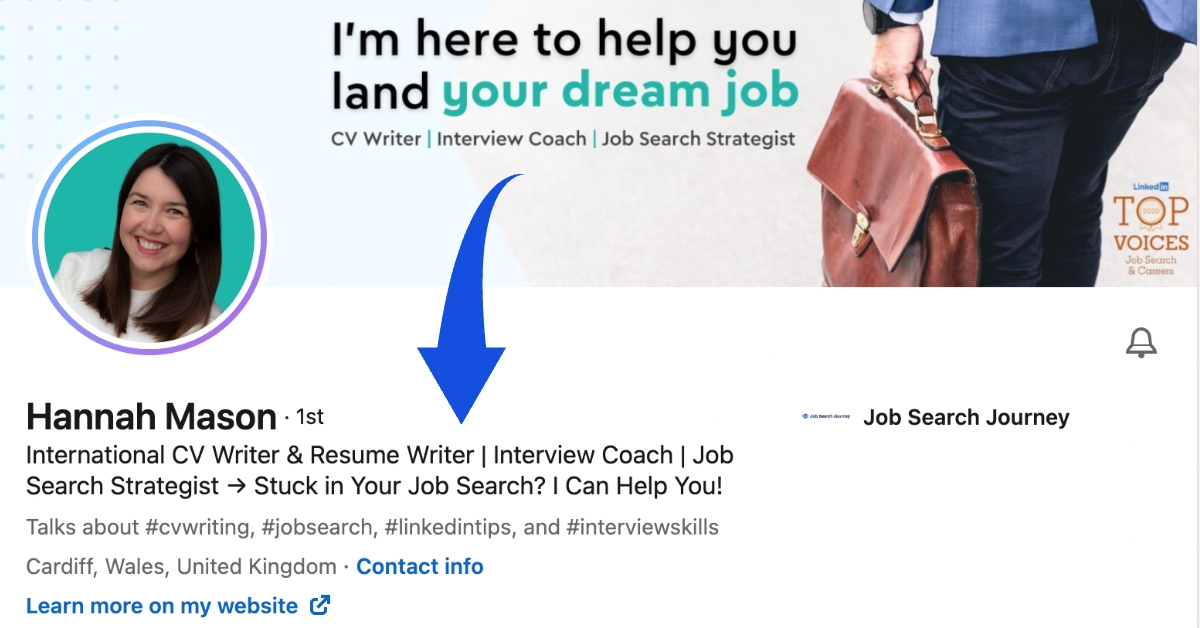Understanding the Importance of Your LinkedIn Headline
Your LinkedIn headline is more than just a tagline; it’s your digital first impression. This 120-character snippet sits right beneath your name and is often the first thing potential employers, clients, or collaborators see. If crafted correctly, it can be a powerful tool to attract the right people and open doors to new opportunities.
Why Your LinkedIn Headline Matters
Think of your www.flnewsdaily.com as your online elevator pitch. It’s a chance to quickly convey who you are, what you do, and what makes you unique. With millions of LinkedIn users out there, standing out is crucial. Your headline serves as a hook to entice viewers to learn more about you.
The Role of Keywords in Your Headline
In the vast ocean of LinkedIn profiles, keywords are your lifeboat. They help your profile appear in relevant searches. By using industry-specific terms and skills, you increase your chances of being discovered by those seeking your expertise.
Crafting an Effective LinkedIn Headline
Start with a Strong Foundation
Identify Your Target Audience
Before you start typing, think about who you want to attract. Are you looking for job opportunities, new clients, or networking opportunities? Your headline should speak directly to this audience.
Define Your Unique Value Proposition
What sets you apart from others in your field? Is it your extensive experience, unique skills, or a specific achievement? Your headline should reflect this unique selling point.
Incorporate Keywords and Skills
Use Relevant Industry Keywords
Search engines and LinkedIn’s own search algorithm look for keywords. Use terms that are commonly searched in your industry. For example, if you’re a digital marketer, include terms like “SEO,” “content strategy,” or “PPC.”
Highlight Your Top Skills
Show off your most impressive skills. If you’re a data analyst, mentioning “data visualization” or “statistical analysis” can make your profile pop up in relevant searches.
Be Specific and Action-Oriented
Quantify Achievements Where Possible
Numbers speak volumes. If you’ve increased sales by 30% or managed a team of 20, include these details. This not only makes your headline more compelling but also provides concrete evidence of your abilities.
Use Action Verbs for Impact
Start your headline with dynamic verbs like “driving,” “leading,” or “creating.” This approach adds energy and urgency, making your headline more engaging.
Maintain a Professional Tone
Balance Professionalism and Personality
Your headline should reflect your professional side but don’t be afraid to show a bit of personality. A headline that’s too stiff might come off as robotic, while one that’s too casual might not be taken seriously.
Avoid Jargon and Clichés
While it’s important to use industry terms, steer clear of overused phrases like “hardworking” or “team player.” They’re vague and don’t add much value. Instead, use specific language that describes your unique skills and experiences.
Examples of Great LinkedIn Headlines
Examples for Different Industries
For Marketing Professionals
“Digital Marketing Strategist Driving Growth through SEO & Content Marketing Helping Brands Achieve 30% YoY Growth”
For Software Developers
“Full-Stack Developer Specializing in React & Node.js Building Scalable Web Apps for E-Commerce”
For Sales Executives
“Sales Leader Expert in B2B Sales and Customer Acquisition Achieved $1M in New Revenue in 2023”
Common Mistakes to Avoid
Being Too Vague or Generic
A headline like “Experienced Professional” doesn’t say much. Be specific about your role, skills, and accomplishments.
Overloading with Buzzwords
Phrases like “innovative,” “strategic thinker,” or “passionate” are overused and don’t add much substance. Focus on what you’ve actually done and achieved.
Neglecting Personal Branding
Your headline should reflect your personal brand and not just be a list of skills or job titles. Make sure it conveys who you are and what makes you unique.
Tips for Refining Your LinkedIn Headline
Seek Feedback from Peers
Sometimes, it’s hard to see your own strengths objectively. Ask colleagues or mentors for feedback on your headline to ensure it’s impactful and accurate.
Test and Iterate
Don’t be afraid to tweak your headline based on the responses you get. Test different versions and see which one resonates best with your audience.
Conclusion
Crafting a standout LinkedIn headline doesn’t have to be a daunting task. By focusing on clarity, specificity, and relevance, you can create a headline that not only captures attention but also opens doors to new opportunities. Remember, your headline is your chance to make a memorable first impression, so make it count!

